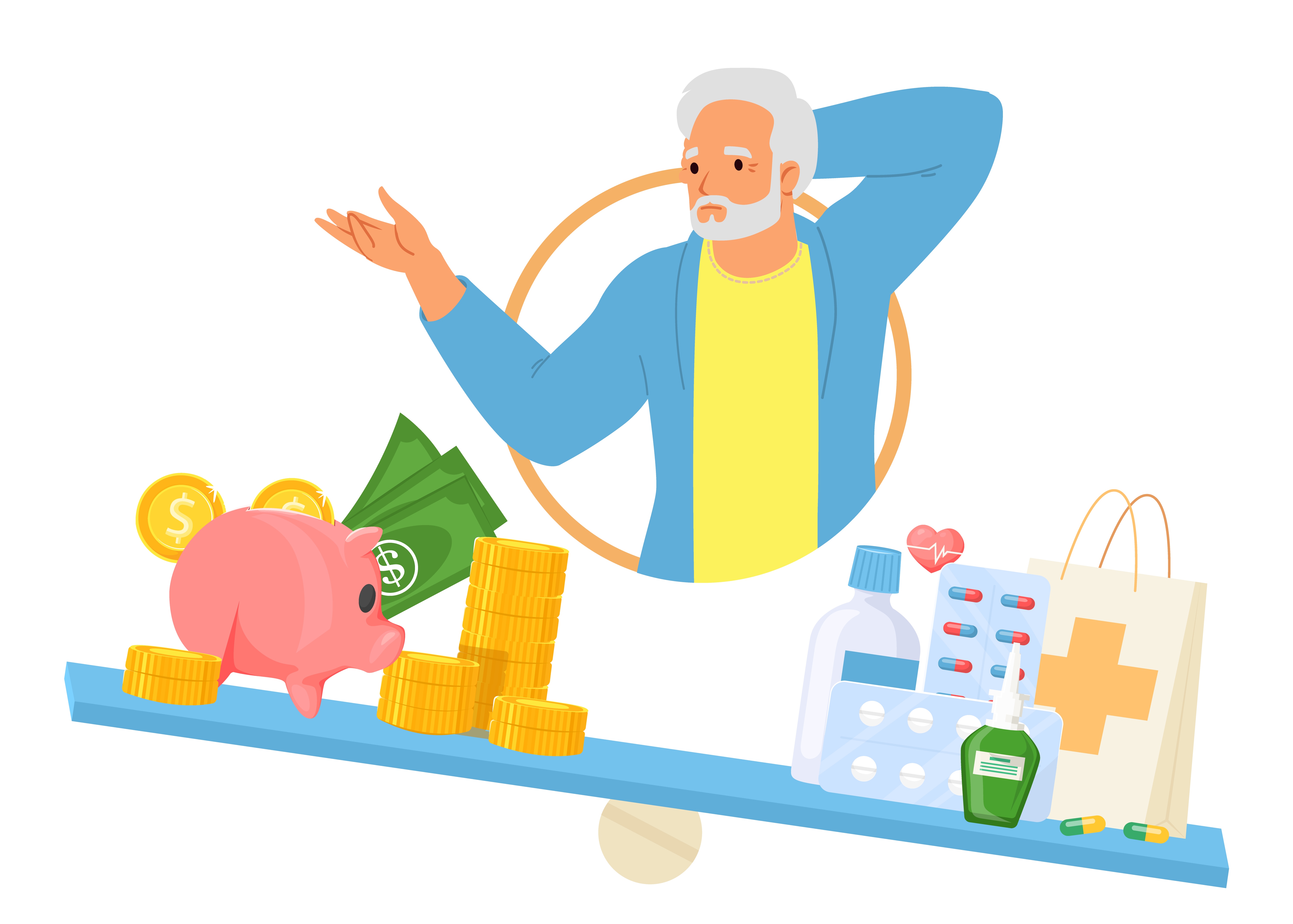Introduction
To the uninitiated, the term sustainable recovery might seem foreign and new. However, a sustainable recovery approach isn’t something new. It’s a framework of recovery that incorporates various strategies that are built upon the foundation of human rights—it’s about treating people with substance-use-disorder with dignity and compassion, and reducing their risks of getting sick or injured while helping them to recover from addictions.
Sustainable recovery focuses on lowering the risks associated with drug abuse and allowing the user time to wean themselves off the substance, with the goal of eventually quitting entirely while reducing their health risks during this transition period. Without a sustainable approach to recovery from addictions, it’s often just a matter of time before relapse occurs and the patient is exposed to the dangers of overdose.
What Is Sustainable Recovery
Sustainable recovery is a public health approach to reducing the harmful consequences of drug use. Sustainable recovery allows the individual a path that is most likely to improve their life in the short-term and long-term. This encompasses promoting harm reduction strategies for patients who are seeking to stop substance abuse, as well as advocating for better drug policies such as the decriminalisation of drug use, all while upholding basic human rights for people suffering from substance use disorder. Sustainable recovery advocates for a holistic, all-encompassing approach to addiction rehabilitation.
Speaking at the Evolving Treatment Methodologies in Addiction (ETMA) Conference in Kuala Lumpur, Fiona Patten, who is a member of parliament in the Victorian Legislative Council, Australia, mentioned that needle exchange programs alone are not sufficient in reducing harm for people who use drugs. There also needs to be safe places for them to use drugs in a safe manner so that in the case of a medical emergency, there are people around to aid them. “More people have died in toilets than on the streets”, she said.
Sustainable Recovery and Harm Reduction
Recovery from addictions is a lifelong journey. Because of that, addiction treatment strategies need to provide patients with strategies on how to manage their drug use as well as to prevent relapse. This is a time-consuming process and not something that can be achieved through a short abstinence programme, for instance. As such, the sustainable recovery framework involves harm reduction strategies that aim to reduce the risks associated with drug use. This allows patients to work towards sobriety on their own time, in a safe manner.
What is Harm Reduction
Harm reduction isn’t something new and it has been used in drug treatment since the 1980s. This approach is now used in many other areas of health care such as HIV prevention and sexual health. Harm reduction is a philosophy that helps people to live as safely as possible by reducing the negative consequences associated with their substance use.
The idea that "less bad is good" was first introduced by British cardiologist John Henry Gilbert at an International Conference on Drug Abuse in Brighton, England back in 1973 where he stated: "This conference seems to have overlooked one important aspect of drug addiction which might be called 'harm reduction'. This would mean reducing harm done by any illicit drug taking." Dr Gilbert was way ahead of his time as the conference attendees then were not receptive to his idea. However, we are beginning to see more countries around the world adopt harm reduction as a strategy for a more sustainable recovery from addictions.
Examples of Harm Reduction
Harm reduction is built on the premise that you can't stop someone from engaging in certain behaviours, but you can help them reduce the negative impacts of those behaviours. Because of this, they include strategies such as needle exchange programs, safe injection sites, syringe exchange programs, sustainable recovery counselling, HIV testing, and counselling services.
Harm reduction strategies are also not limited to safer drug use but also include policies that criminalises drug use. One of the issues raised in an expert panel discussion at the ETMA Conference was that 90% of incarcerated Malay drug users from the B40 demography are in prison because they couldn’t afford to hire a lawyer. They mentioned that harm reduction should include legal help and not merely be confined to medical intervention so that drug users are not wrongly put into prison.
Conclusion
While abstinence may be the ultimate goal for many, addictions are often chronic, relapsing disease that may be a lifelong struggle. With this in mind, the sustainable recovery approach enables both the patient and their loved ones to come to terms with the idea that addiction has become part of their life. It focuses on keeping patients alive while providing them with strategies to help them abstain from substance use. It also doesn’t stigmatise the patient, encourages them to seek help, and helps them stay on their treatment course. Sustainable recovery is the way forward in addiction treatment.


.jpg)
.jpg)




